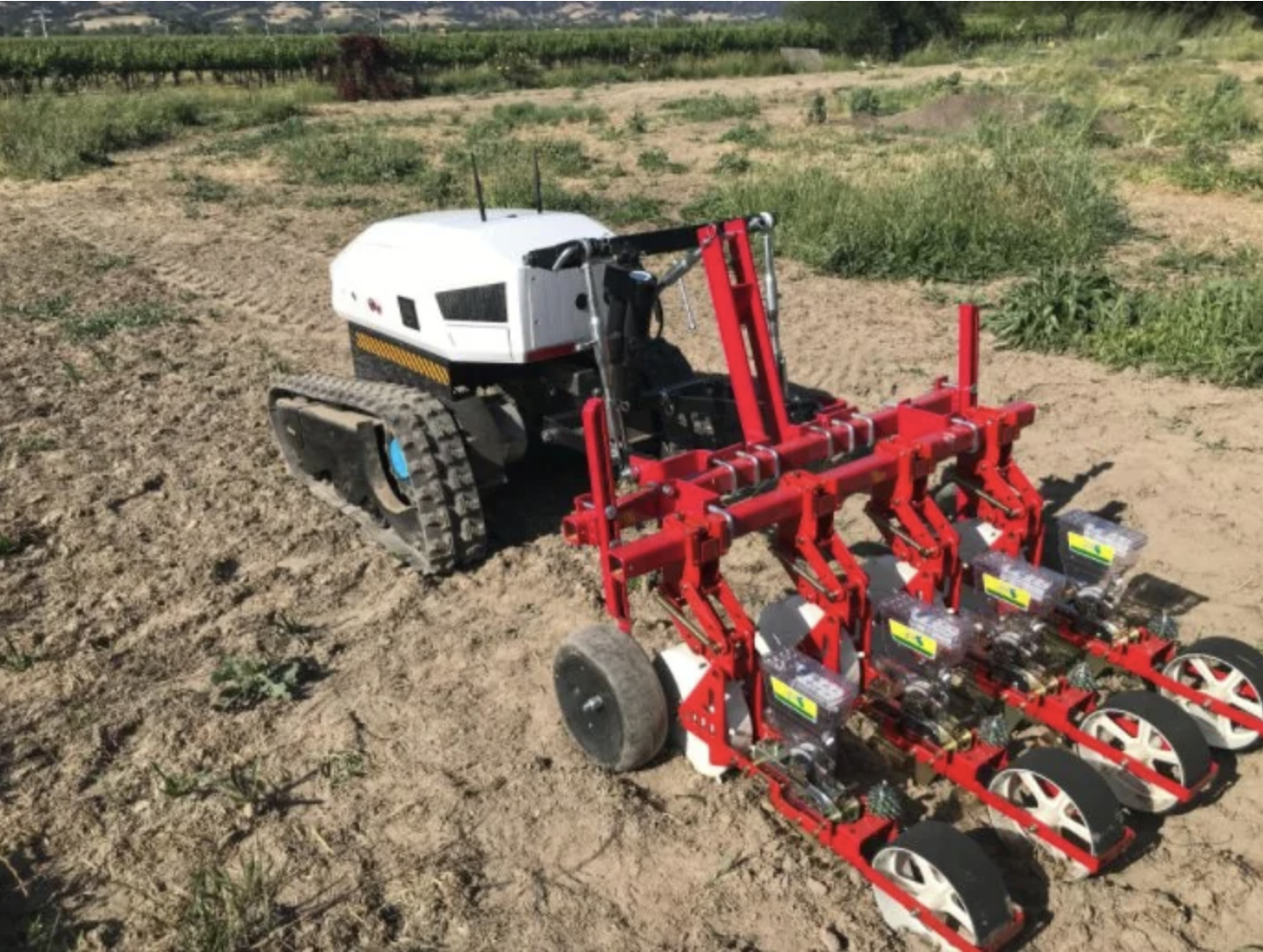In response to the new security measures introduced at the turn of this century, computer security celebrity Bruce Schneier established a Movie Plot Contest, in which contestants invent almost-plausible scenarios that would cause the TSA to ban items like water, or even ban security checkpoints. It was predictably controversial. But in the original spirit of movie-creativity, we will list (peaceful) ways in which autonomous drones, and fleets thereof are in use as of this writing, and we will describe a few inventive (and peaceful) ideas of how they could be used with current technology.

- Agriculture and Forestry: Farmers utilize autonomous drones for precision agriculture tasks such as crop monitoring, spraying pesticides, and assessing field health. These drones can cover large areas swiftly, providing real-time data to optimize resource use and improve yields. For example, an electric vertical take-off and landing (eVTOL) aircraft, has been approved by the FAA for fully autonomous crop dusting, capable of covering 60 acres per hour.
- Warehousing and Fulfillment Centers: Fleets of robots, transport goods within warehouses, improving inventory management and order fulfillment efficiency. Also, robots sort parcels and pack orders, minimizing errors and speeding up processing times.
- Infrastructure Inspection and Maintenance: Autonomous drones conduct inspections of critical infrastructure like bridges, power lines, and wind turbines. They access hard-to-reach areas, capturing high-resolution images and data to detect structural issues, thereby reducing the need for hazardous manual inspections.
- Delivery Services: Companies are deploying autonomous drones for rapid delivery of goods, including medical supplies and consumer products. For example, Zipline operates a global drone delivery service focusing on healthcare, delivering medical supplies such as blood and vaccines to remote areas. They are also launching Platform 2 in the U.S., enabling deliveries directly to homes from building-mounted drones.
- Emergency Response and Disaster Management: In emergencies, fleets of autonomous drones assist in search and rescue operations, deliver essential supplies, and assess damage in disaster-stricken areas. Their ability to quickly survey large regions provides critical information to first responders.
- Environmental Monitoring and Conservation: Researchers employ fleets of autonomous drones to monitor wildlife populations, track deforestation, and assess environmental changes. Drones can collect data in remote or sensitive ecosystems with minimal disturbance.
We see from these examples that autonomous drones – and more generally, autonomous robots – are used profitably in many industries today. However, most customers find themselves locked into a vendor who sells primarily robot hardware. Imagine – like movie-plot-imagine – what is possible when independent companies leverage an open ecosystem of hardware, on-device software, and cloud services? It helps to read the below in an sci-fi movie trailer voice:
- Autonomous Disaster Relief Ecosystem: In the aftermath of an earthquake, an autonomous fleet comes to life. Quadcopters survey and map the destruction while deploying microdrones for detailed scans. Ground-based robots clear debris and rescue survivors. Meanwhile, autonomous vehicles deliver supplies, set up tents and other infrastructure.
- Space Colonization Swarms: Humanity has established bases on the Moon, Mars, and Venus, and thrives thanks to the tireless assistance of heterogeneous fleets of autonomous robots. Actually, this movie has been made more than once, and doesn’t always end well, so let’s move on to…
- Urban Rewilding: in a dystopian city overrun by pollution, autonomous robots collaborate to restore biodiversity. Aerial quadcopters drop seed bombs into abandoned lots, while ground-based rovers plant and nurture seedlings. Water drones clean rivers, and camera-equipped insects monitor the ecosystem’s revival.
If we are to step up from current autonomous drone uses, we can’t rely on a single robot vendor, it requires an open ecosystem. And maybe Isaac Asimov’s Three Laws of Robotics.
